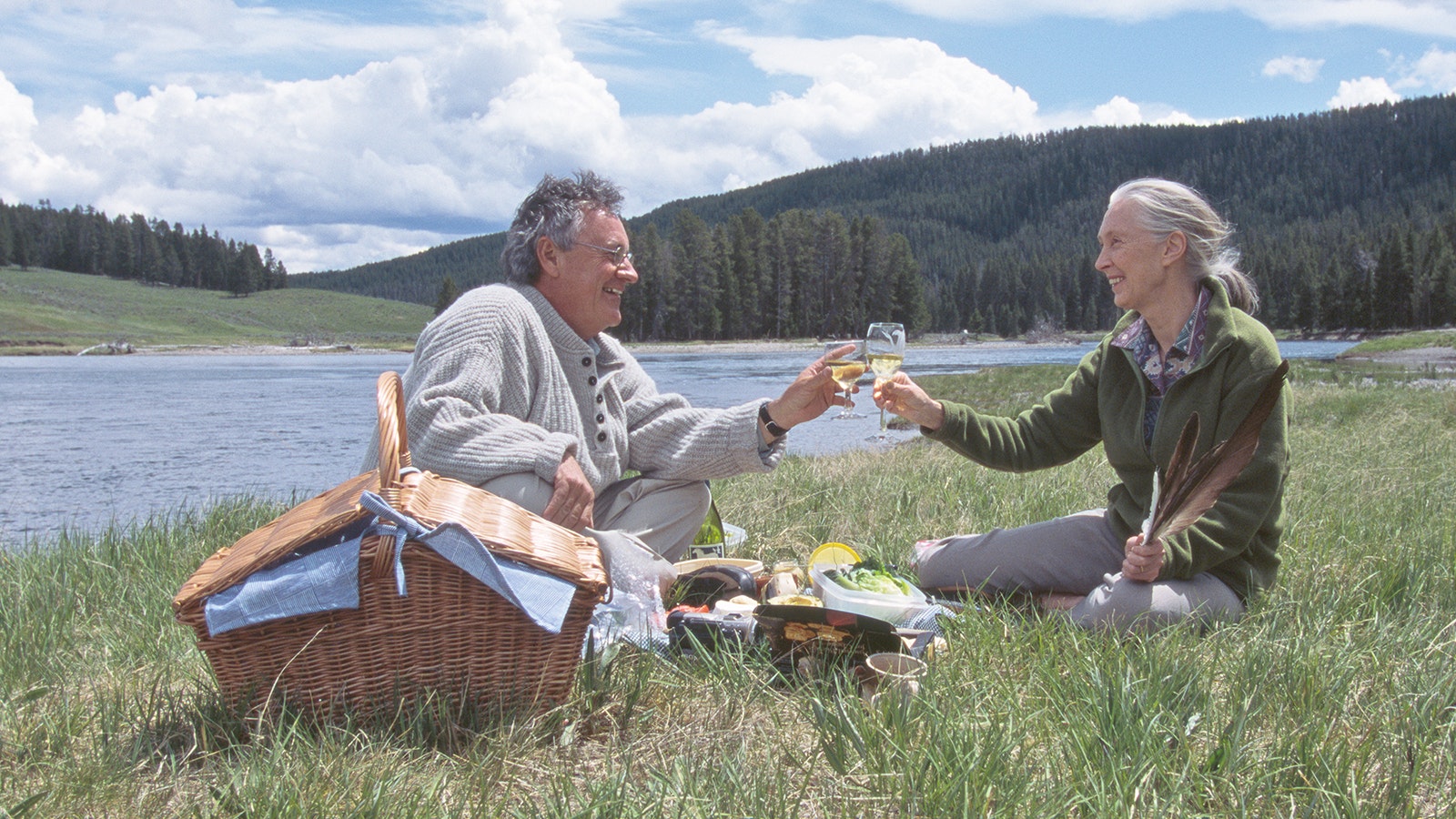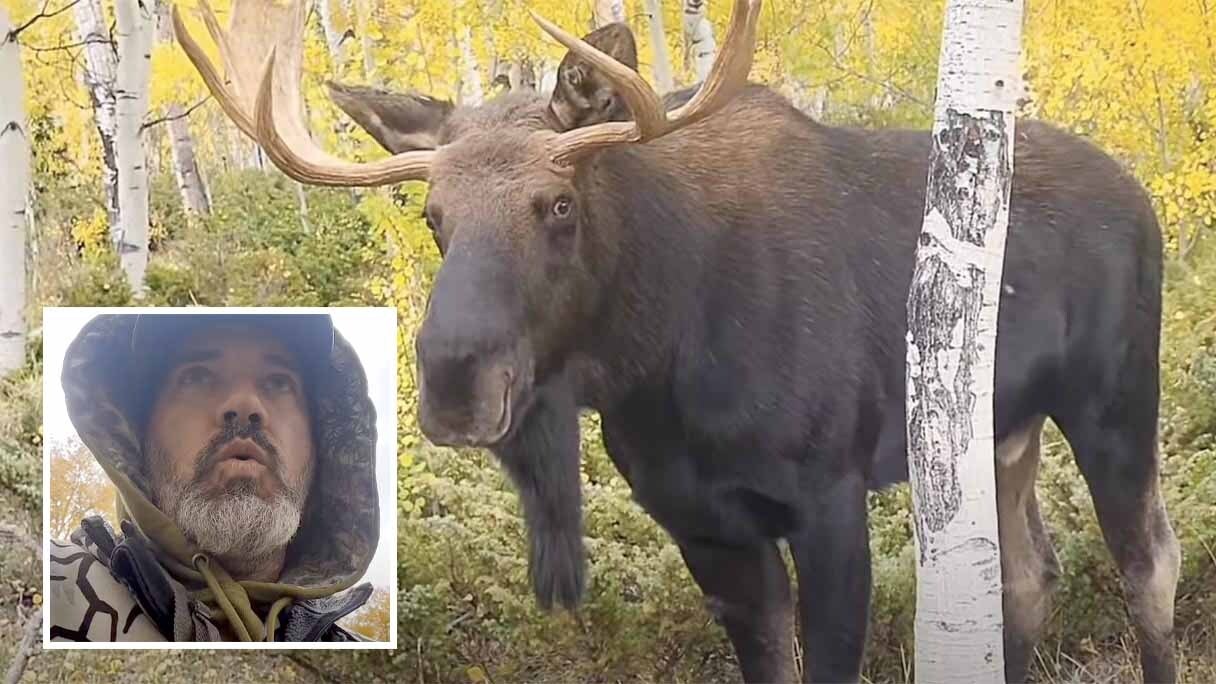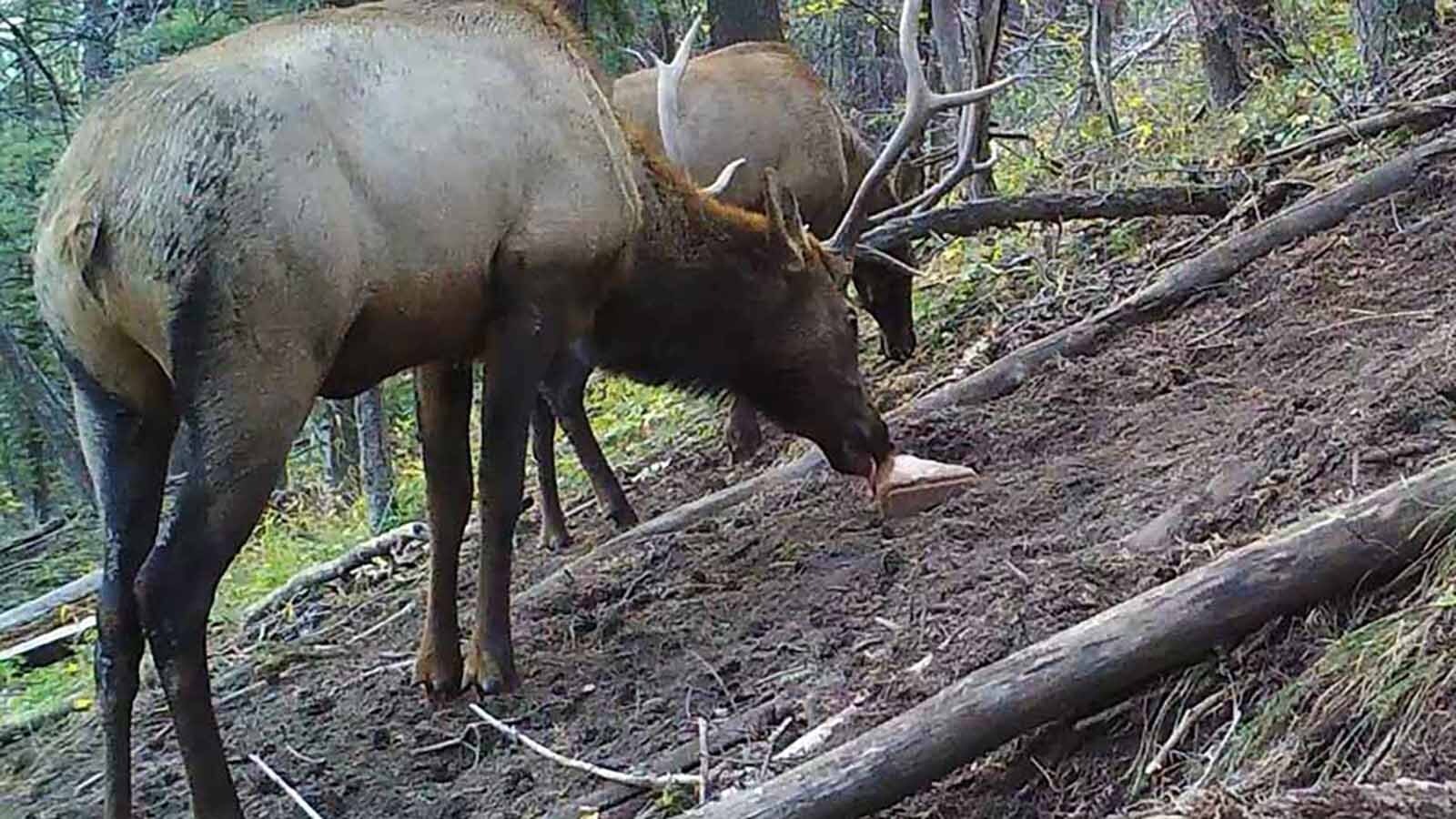Yellowstone National Park isn’t going to erupt anytime soon, but whenever it does, it will probably be a huge lava flow of hot, blocky ooze.
The massive hotspot that created Yellowstone has erupted multiple times in its history. While most people focus on its most dramatic and destructive explosion around 630,000 years ago, its most recent eruption happened only 70,000 years ago.
The massive mountains towering in the southern corner of Yellowstone are monuments to the last volcanic eruption of the Yellowstone caldera.
They’re also another sign that fears of a civilization-ending eruption in northwest Wyoming are overblown.
“A lava flow is the most likely form of any future activity,” said Mike Poland, scientist-in-charge of the Yellowstone Volcano Observatory, “and even that’s really unlikely.”
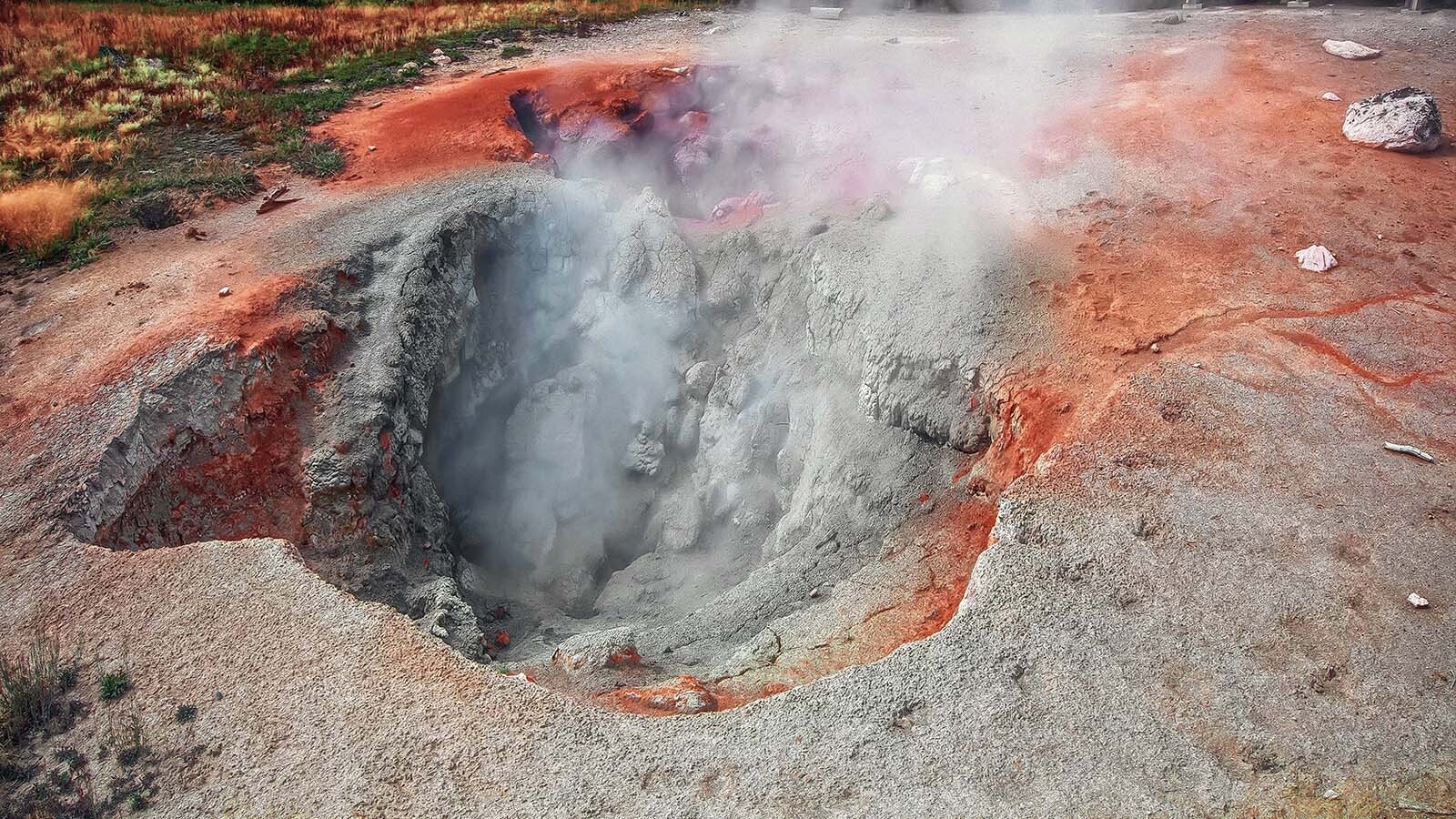
Previously On Yellowstone ...
The last eruption of Yellowstone occurred in the form of a rhyolite lava flow roughly 70,000 years ago.
The area where it occurred, known today as the Yellowstone Plateau Volcanic Field, is one of the largest rhyolite fields on the planet.
Rhyolite is the most silica-rich volcanic rock. Silica content is one of the critical factors in determining the behavior of a volcanic eruption: more silica, less flow.
It’s hard for many Yellowstone visitors to understand the scale of Yellowstone’s most recent eruptions.
“There are mountains that represent the thickness of these flows, and they’re hundreds of feet high,” Poland said.
The walls of rhyolite lava are so immense that they formed mountains still looming over the park.
The popular Firehole Canyon was formed between the edges of two separate rhyolite lava flows, with different flows from different eruptions on either side of the canyon.
There are many different types of lava flows. Rhyolite lava doesn’t behave like many people assume it would, especially when compared to the fast-flowing, super-hot lava flowing from other volcanoes.
“Rhyolite lava flows are not rivers of red molten rock flowing across the landscape or in channels at many miles per hour,” Poland said. “They are mostly solid as they come out of the ground and move across the landscape like a wall of rock.”
Rhyolite lava is also comparatively cool, by volcanic standards. While this lava flow was still incredibly hot – over 1,000 degrees — it isn't hot enough to smoothly and quickly cover the surface, like the lava seen erupting from volcanoes in Hawaii and Iceland.
Instead, rhyolite lava creeps across the landscape, building an ever-higher wall at its front as mostly solid but still molten lava gets forced onto the surface.
Poland described it as “a bulldozer of solid rock" that would probably make for a great tourist attraction, if it ever happened.
“As the front of the flow cooled, it fragmented,” he said. “The front of the flow would have rocks constantly falling off of it, so there would be a field of debris on the front of the flow as it pushed forward, like the tread on a bulldozer or a tank.”
A Flat Soda Eruption
This rhyolite lava was highly viscous because of the silica, but not very gaseous. Any gas trapped in the extruding lava was able to escape relatively easily.
Otherwise, it would have been a much different and more violent eruption.
“Explosivity is driven by gassiness, and the amount of gas trapped in the magma that can't get out that accumulates,” Poland said. “These lava flow events seem to be less gassy, so the explosive component, when it is even there, is much, much, much reduced compared to these very gas-rich events.”
Poland mentioned “events” because there are several rhyolite lava flows in Yellowstone. Over 30 lava flows have been documented, and while they were all massive, none were explosive.
“Yellowstone’s lava flow eruptions have large volumes of lava that tend to be less gassy,” he said. “It's like a flat soda.”
Poland added that these lava flows have a history of coming in waves, followed by long periods of little or no activity. That's a telling sign about the most recent volcanic activity in the park’s history, and any future events that could occur.
“There are several lava flows, and then tens to hundreds of thousands of years of nothing,” he said. “Then several lava flows, and tens to hundreds of thousands of years of nothing. Right now, we're in one of those periods of tens to hundreds of thousands of years of nothing.”
Oh Super
Because it’s such a massive volcano, everything in Yellowstone’s eruptive history occurred on a massive scale. However, “supereruptions” have been the exception rather than the rule, according to Poland.
“This is actually one of the reasons that I really don't care for the term ‘supervolcano,’” Poland said. “It implies this very large explosive event is all the volcano does. In fact, that’s not true at all.”
When people hear “Yellowstone eruption,” they visualize a catastrophic event like the one 631,000 years ago that created the Yellowstone Caldera.
That was one of the most significant volcanic eruptions in history, but Poland and most volcanologists see it as an anomaly in the volcano’s history.
“The lava flow style of eruption is the most common form of activity,” he said. “That's true for Yellowstone and all the volcanoes that are like Yellowstone: they tend to be lava flows with occasional very large explosions.”
Yellowstone’s rhyolite lava flows are the largest of their kind in the world, but that’s because they erupted from one of the largest volcanoes in the world. Because these lava flow eruptions weren’t gassy, they weren’t explosive.
“The lava flows were huge, but they weren’t fast,” Poland said. “You’d definitely see a thermal signature, but they wouldn’t be that hot. And there would not be the dramatic, huge, explosive eruptions that many people associate with Yellowstone.”
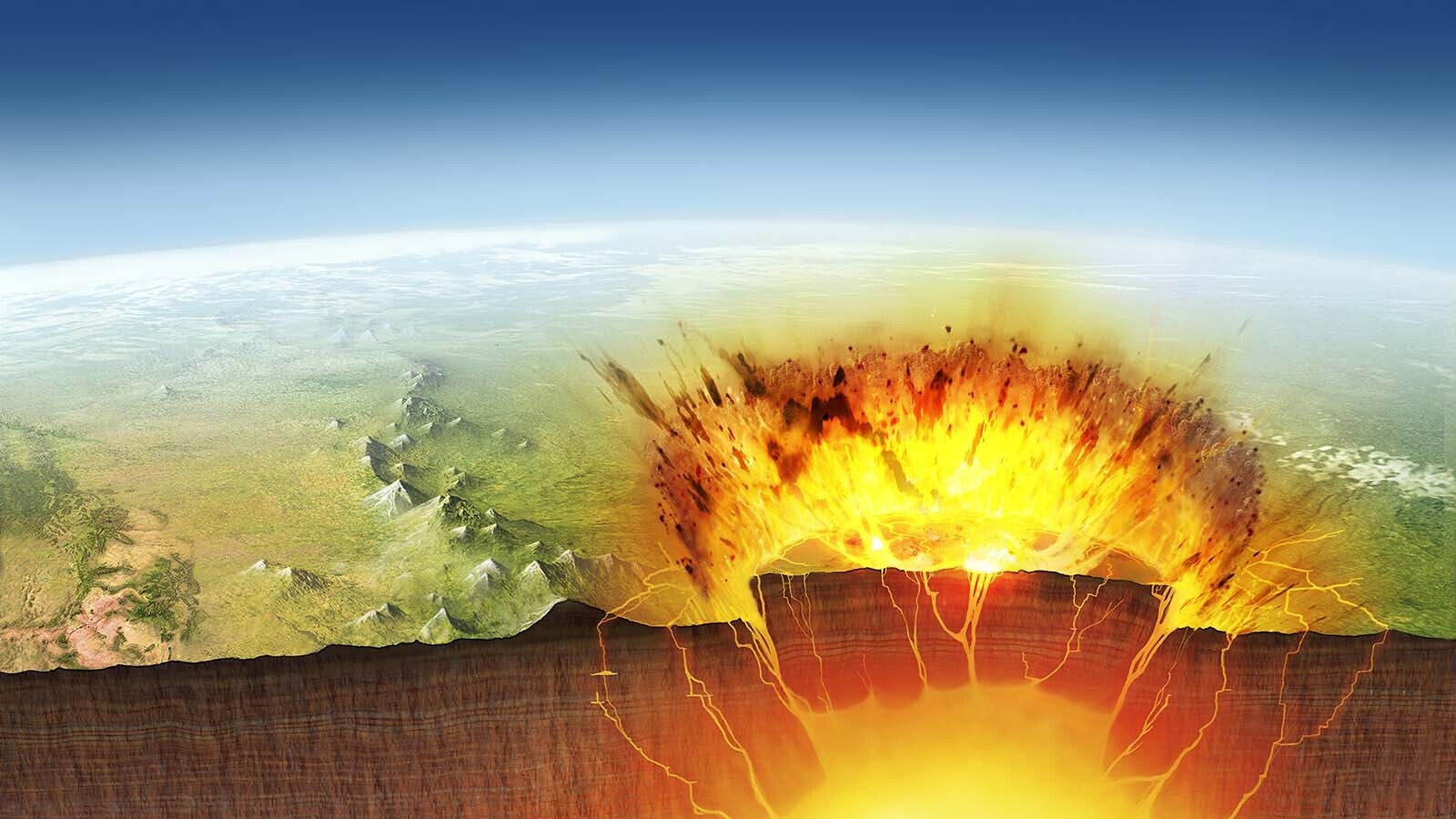
Not That It Could
Even if it wasn’t accompanied by a massive explosion, a rhyolite lava flow on the scale of the most recent eruption would still be unprecedented in recorded history. Fortunately, Yellowstone doesn’t have the guts to do it.
Several studies have concluded that Yellowstone’s magma chamber is predominantly filled with solid magma.
While there’s still some molten magma churning at its depths, it’s not enough to create the conditions for any eruption.
A high-resolution map of Yellowstone’s magma chamber was released in a study published earlier this year. It revealed that very little of the magma inside is liquid, which significantly reduces the likelihood of an eruption.
In 2020, a 53,000-pound vibroseis truck spent two months vibrating the ground throughout Yellowstone to bounce low-frequency vibrations off the magma chamber and determine its solid-liquid content.
These results also concluded that the magma chamber is mostly solid.
“It’s confirmed things we’ve been pretty confident about for a while,” Poland said. “The conditions to generate a volcanic eruption just aren't there.”
But If It Did ...
Rhyolite lava flows have been observed and studied in recent years.
The most recent eruption of Mount St. Helens in 2004 resulted in the creation of a new lava dome in the caldera, formed by rhyolite lava forcing its way out of the earth and onto the surface.
Even if the last eruption occurred over 70,000 years ago, Poland said the ongoing study of Yellowstone’s eruptive history is providing valuable insight into the dynamic behavior of volcanic systems that are more active and threatening in the present day.
“Analogs are very important in volcanology,” he said. “There’s a caldera in Italy called Campi Flegrei that gets a lot of attention because it's very active and restless.
"Even though Yellowstone is unlikely to have a volcanic eruption, what we learn in Yellowstone might be applicable in Italy or places in New Zealand or Indonesia where volcanoes are more active.”
Events like the hydrothermal explosion of Black Diamond Pool in July 2024 show that there’s plenty of activity to monitor in Yellowstone, but it’s entirely unrelated to any volcanic activity.
Yellowstone hasn’t erupted in 70,000 years, and it hasn’t shown any signs of erupting any time soon.
When, or if, Yellowstone erupts again, it won’t destroy Wyoming and bury the world in ash. Poland is confident it would manifest as a lava flow rather than an explosive eruption, and everyone will be able to go with the flow.
“Lava flows are the most common style for a Yellowstone eruption,” he said. “If there were an eruption in the future, it would not be the massive explosion that most people think it's going to be.”
Andrew Rossi can be reached at arossi@cowboystatedaily.com.



